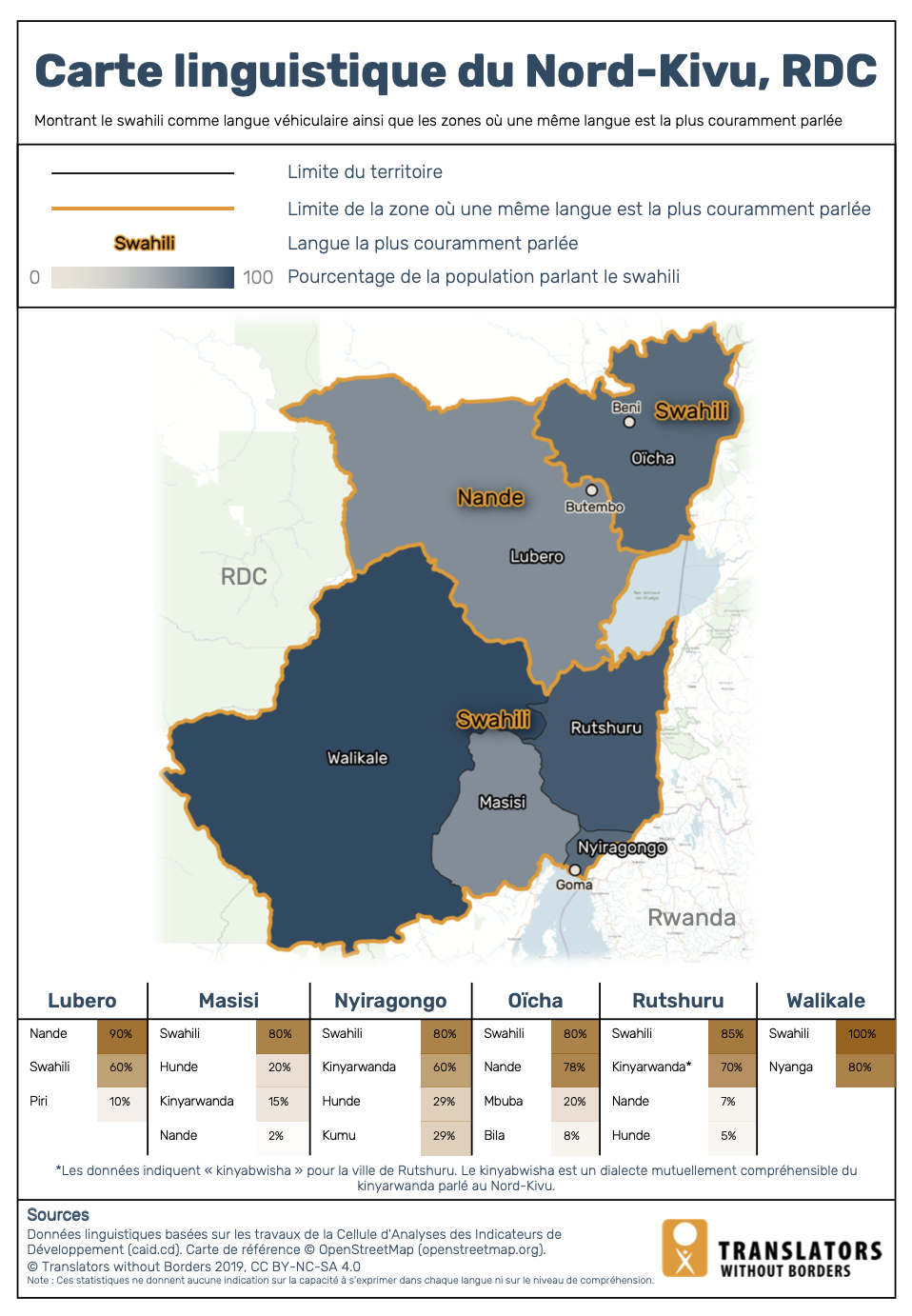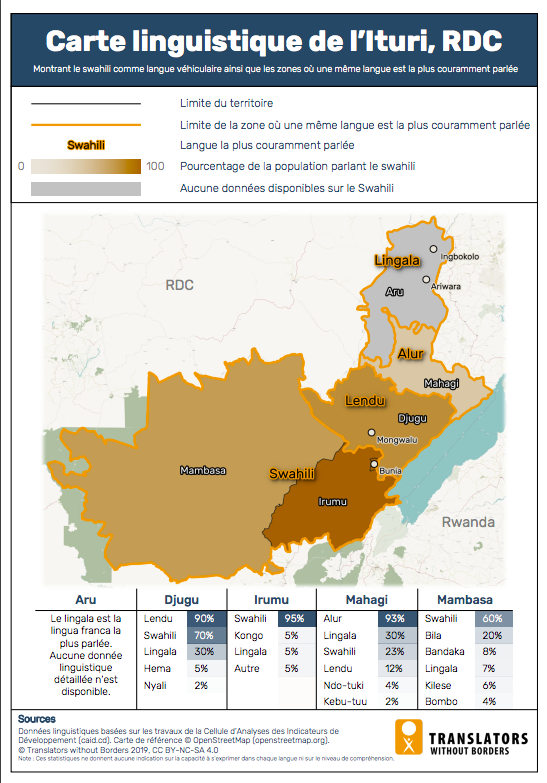
Portuguese, Koongo, Mbundu, Chokwe, Mbunda, Kwanyama Some are used in the electronic and print media, and many have a thriving literature. Only a few are used as a medium of instruction at the university level. The languages listed below and many others that are not listed here are taught in primary and secondary schools. A survey of African countries in which Niger-Congo languages are spoken shows that all of them list English, French, or Portuguese as their official or co-official languages despite the fact that the majority of their populations speak indigenous languages.

By and large, the only official languages accorded this position in post-colonial Africa are the colonial languages. In post-colonial Africa, indigenous languages have rarely been constitutionally accorded official status.

The colonial regimes that had governed much of the African continent left a lasting imprint on the status of the languages of the African countries. The table below lists the most populous languages of the Niger-Congo family belonging to some of its different branches.ħ73,000 1st- and 30 million 2nd-language speakersġ9.3 million 1st- and 2 million 2nd-language speakersġ0.6 million 1st- and 1.8 million 2nd- or 3rd-language speakersĩ.5 million 1st- and 15.7 million 2nd-language speakersħ million 1st-language and 400,000 2nd-language speakersĦ.3 million 1st- and 700,000 2nd-language speakersģ million 1st-language and 1 million 2nd-language speakersĢ million 1st-language and 5 million 2nd-language speakersĭemocratic Republic of the Congo, Republic of the CongoĢ.4 million 1st-language and 600,000 2nd-language speakersĤ.2 million 1-st language and 800,000 2nd-language speakersĤ04,000 1st-language and 1.6 million 2nd-language speakersįor a complete listing of all Niger-Congo languages consult Ethnologue. Large numbers of languages are often found clustered together in relatively small geographic areas. The majority of languages in these branches have small populations of speakers, with a significant percentage of them averaging only several thousand people. Some of the branches are closer to each other than others because they split from the ancestral language at different times. The Niger-Congo language family is usually divided into several major branches that are estimated to have split from the ancestral language some 5,000 years ago. Second, very limited knowledge about a great many of the languages makes it extremely difficult to reconstruct their common ancestry. First and foremost, is the lack of historical records that date back more than several hundred years. There are several problems in classifying languages of the Niger-Congo family - a very large and extremely diverse group of languages that have been splitting from each other for thousands of years. With a few exceptions, the resulting descriptions forced these languages into an ill-fitting Latin straitjacket.ĭetermining the number of languages in this family is complicated by the fact that it is often difficult to decide, in the absence of written historical records, whether two language varieties are two dialects of the same language or two separate languages. They were written mostly by European missionaries who often lacked the linguistic training necessary to analyze languages that had little in common with their own. A number of dictionaries and grammars appeared in the 19th century. However, few grammars were published prior to the 19th century although the first known grammar of an African language (Kongo) was written by an Italian missionary in 1659. The earliest evidence of a Niger-Congo language dates back to Portuguese records of the 16th century. There is no consensus among scholars about the origins and historical development of the Niger-Congo languages. Almost all of the most widely spoken languages of sub-Saharan Africa belong to the Niger-Congo family, and about 600 million people (85% of Africa’s population) speak a Niger-Congo language.

The Niger-Congo language family is one of the largest language families in the world and the largest one in Africa in terms of its geographical spread across most of sub-Saharan Africa, number of speakers, and the number of languages (1514).


 0 kommentar(er)
0 kommentar(er)
